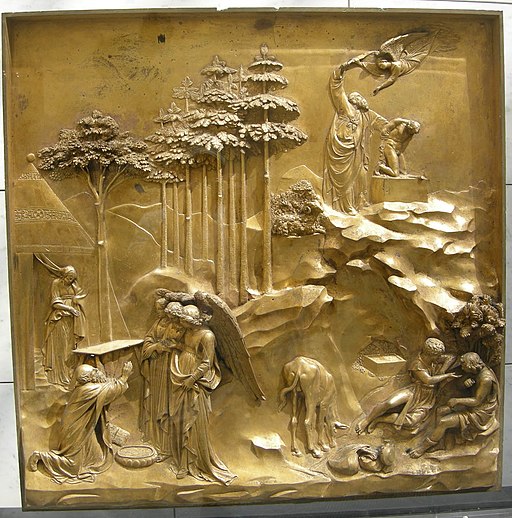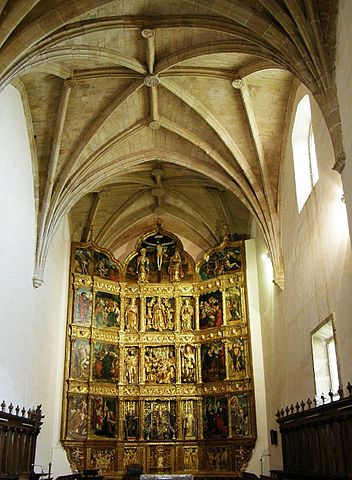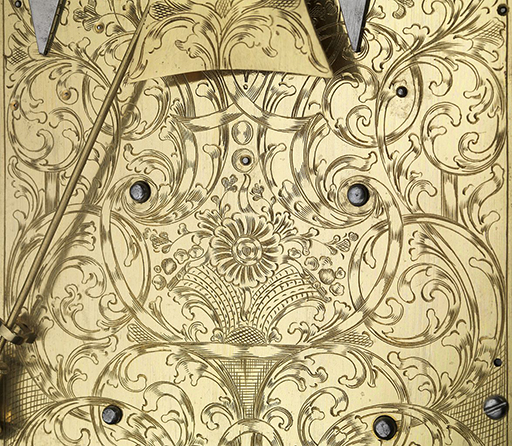The History of Metal Art
Metal art is not only beautiful, but it is also fascinating how it has developed through the years. This brief overview of the history of metal art will hopefully paint a picture of the intriguing path which has led up to the modern period of metal craft, as we take a tour from antiquity up to the twentieth century or so, stopping here and there to consider some historically significant moments in art, architectural and design history.
Ancient Metal Art
There is evidence of metal art which goes all the way back to 7000 B.C. and indeed it is thanks to the resilient nature of metal that some of the oldest items ever found in archeological digs have been metal art.
The Ancient Egyptians for example were able to produce beautiful decorative metal art which we are able to see most notably thanks to the pyramids and the catacombs which have preserved some of these precious items.

These pieces of ancient metal art include items such as necklaces and other fine jewellery. There are then items which, though from a present perspective it might seem are wholly decorative, have a deep functional purpose such as funeral masks.
Moving through into times of Ancient Greece and Ancient Rome, from around 12 B.C. up to the beginning of the middle ages, there were to be found bronze statues, as well as other more everyday items such as kitchen utensils made from copper and iron alloys.
Medieval Metal Art
During the medieval period, which is traditionally demarcated 500-1500 C.E. metal art eventually found its calling primarily in the form of items which were created for religious structure reasons. This was the time in history where you would be likely to see huge ornate door hinges, gates, and other features especially used within the designs of impressive churches, cathedrals and early universities. On top of that, personal jewellery was also being created, as well as crucifixes for monks.
Italian Rennaissance Metal Art
One of the main pioneering aspects of the development of metal art throughout this period (roughly from 14th century to the 17th century) was that people began to develop intricate miniature metal versions of large statues as a decorative item.
This technique was rather clever and involved carving a wax miniature replica first and then adding a layer of molten clay to harden around the outside. They would then heat the hardened clay to melt the wax from within to then be extracted. This leaves a cast inside the clay so that liquid bronze can be injected and then, once it has set, the clay can simply be taken apart to reveal the gorgeous miniature. You can find out more about the lost-wax casting technique in our guide.

Spanish Plateresco Metal Art
Appearing between the Early Gothic and Late Renassaince period of the late 15th century and then continuing for two centuries or so, the Plateresco (meaning ‘in the manner of a silversmith’) period in Spain saw an artistic movement which placed emphasis on the ornate and the decorative. This influenced metal craft immensely.
In stunning altarpieces and tombs you would have seen intricate and multilayered crests and laurels which would have been painstakingly sculpted, creating a rich decorative effect.

English and American Metal Art
As we move into the 17th century, England probably had more of a tendency to create purely decorative items, whilst America focused more on functional fixtures such as gates, door hardware and tools. In both countries however, they were producing wrought iron hardware.
A passion developed in the 18th century for many decorative ornaments such as shelf clocks, and these spread through England and America, often in fact being imported from France.

Metal Wall Art in Modern Homes
We have put together a guide explaing what metal wall art is; including the types of metal and how to decorate your home with metal wall art.
